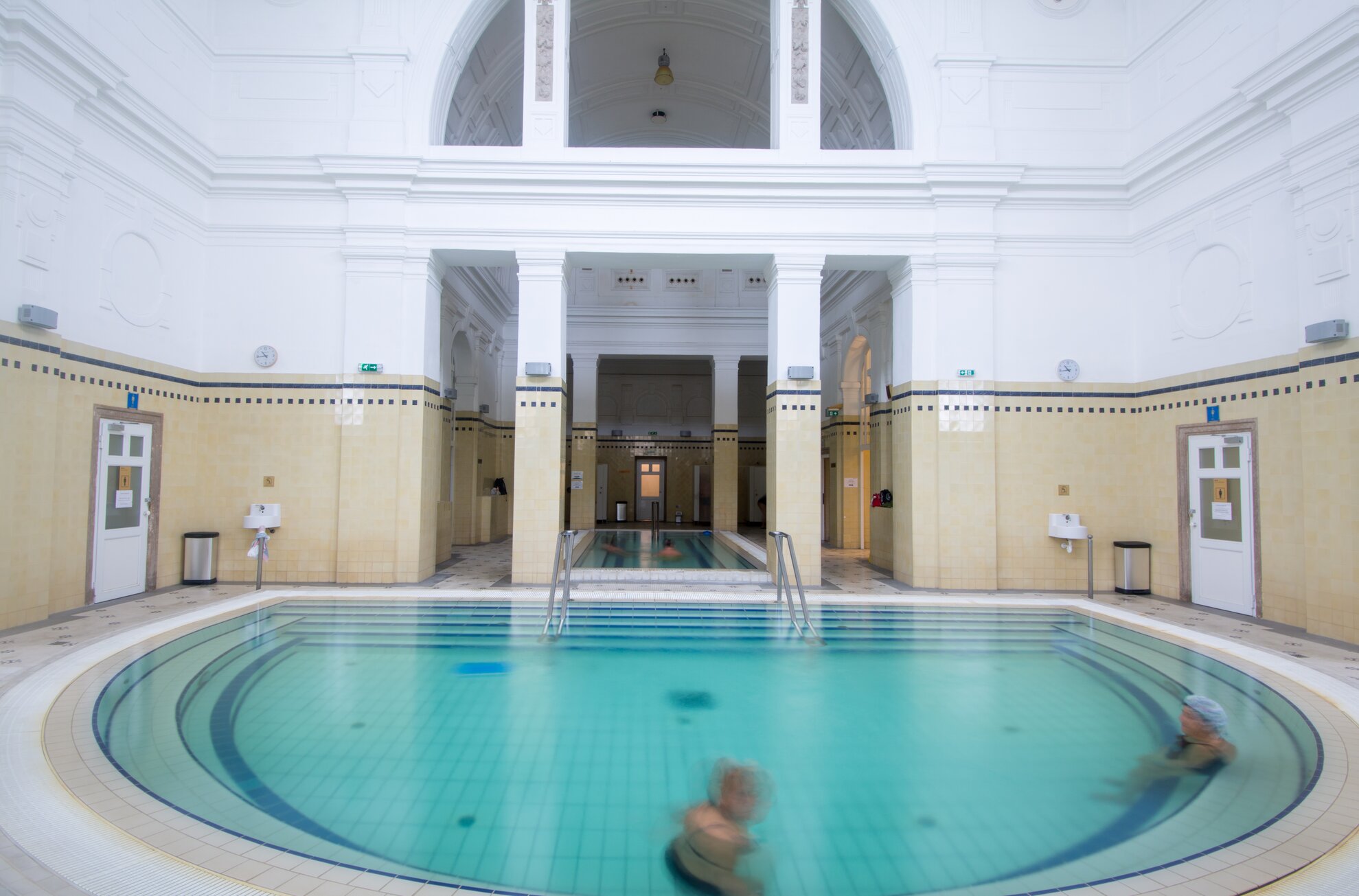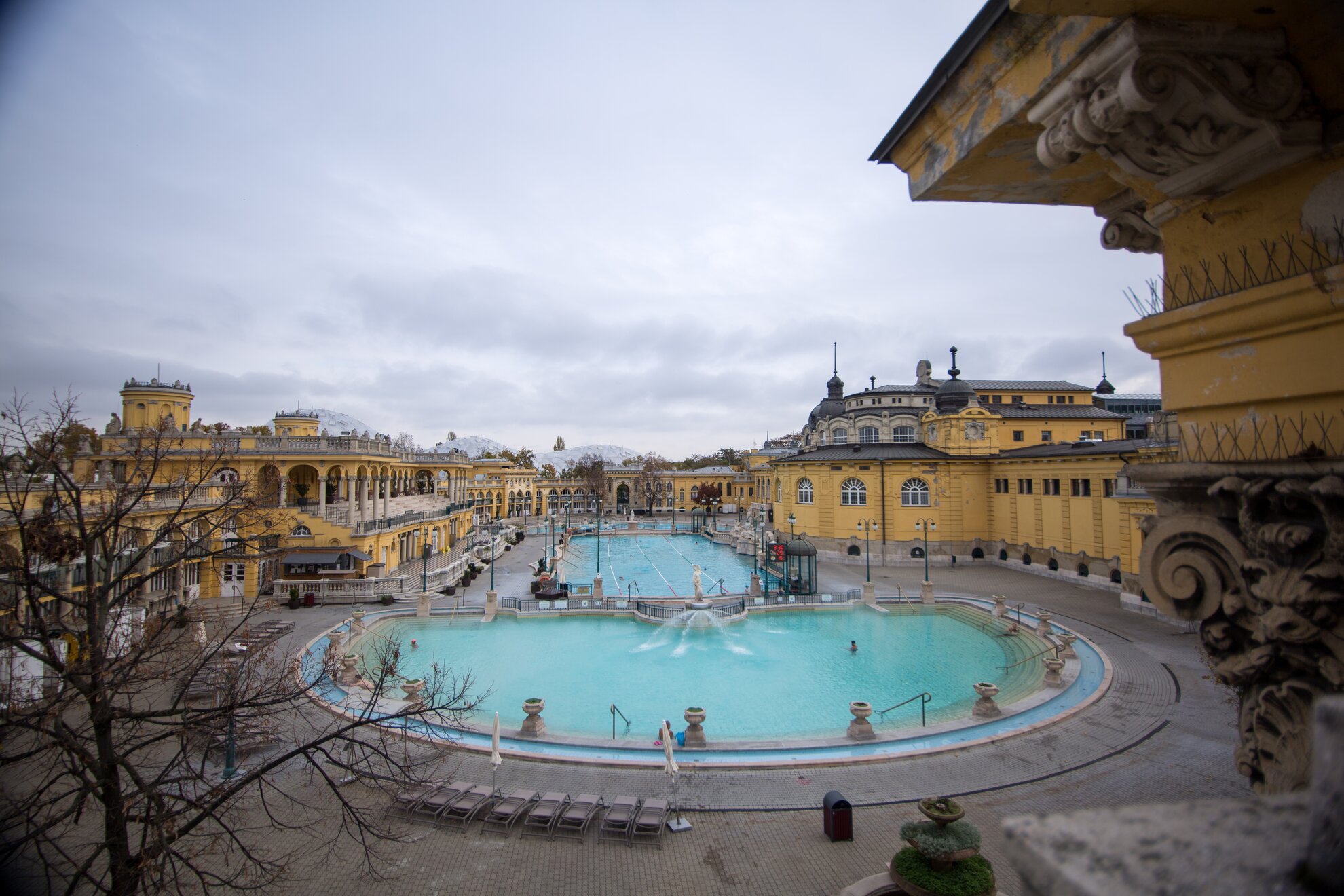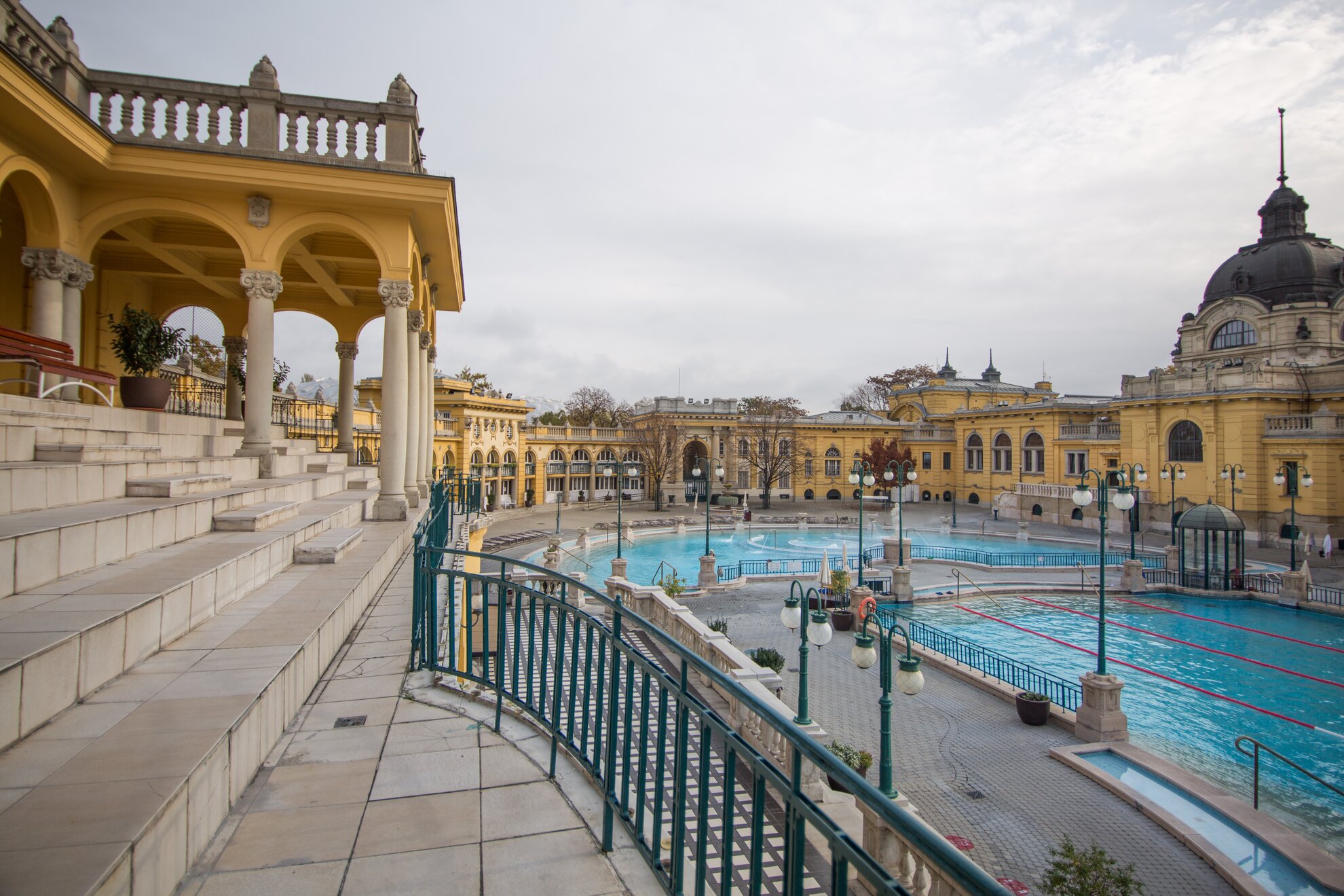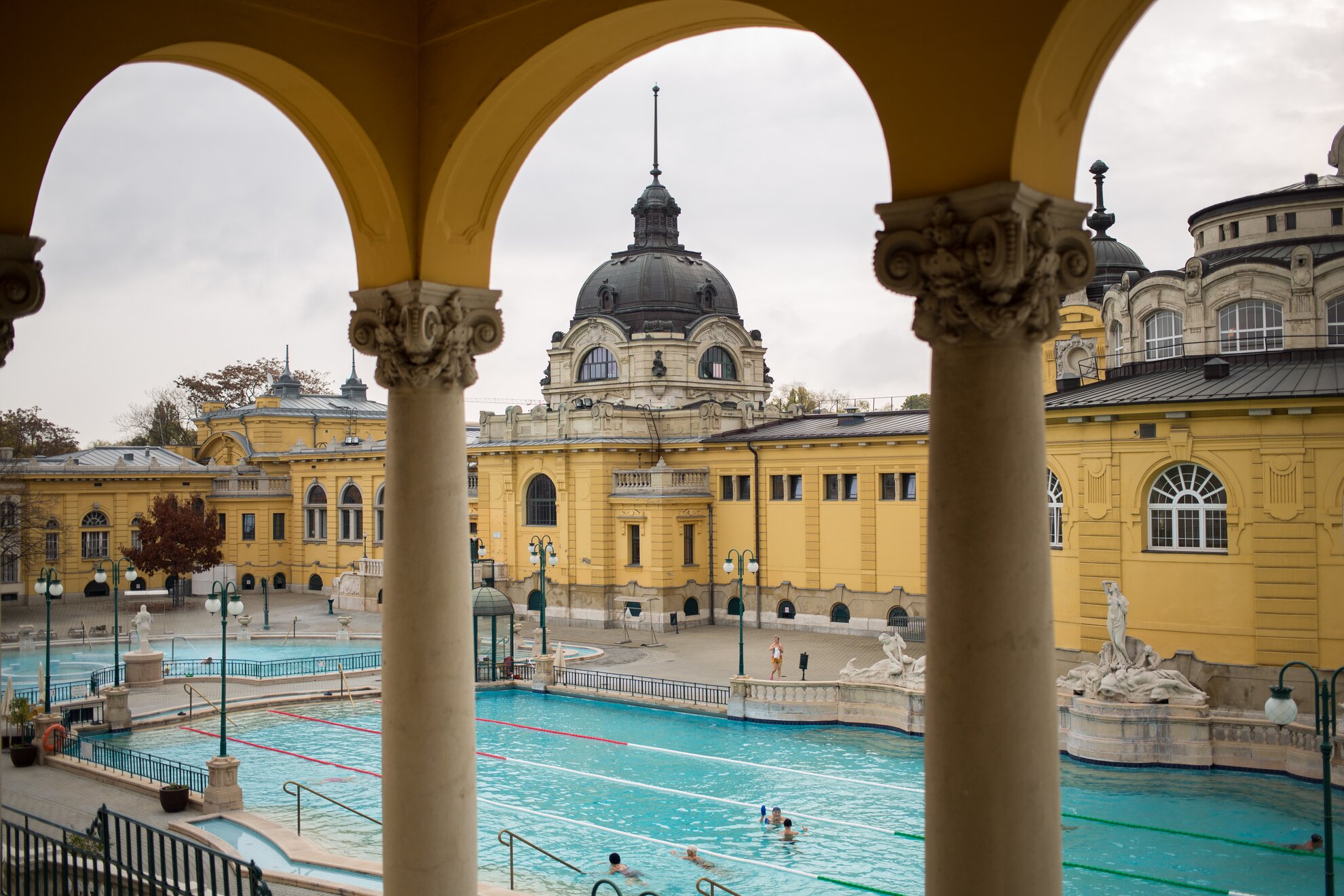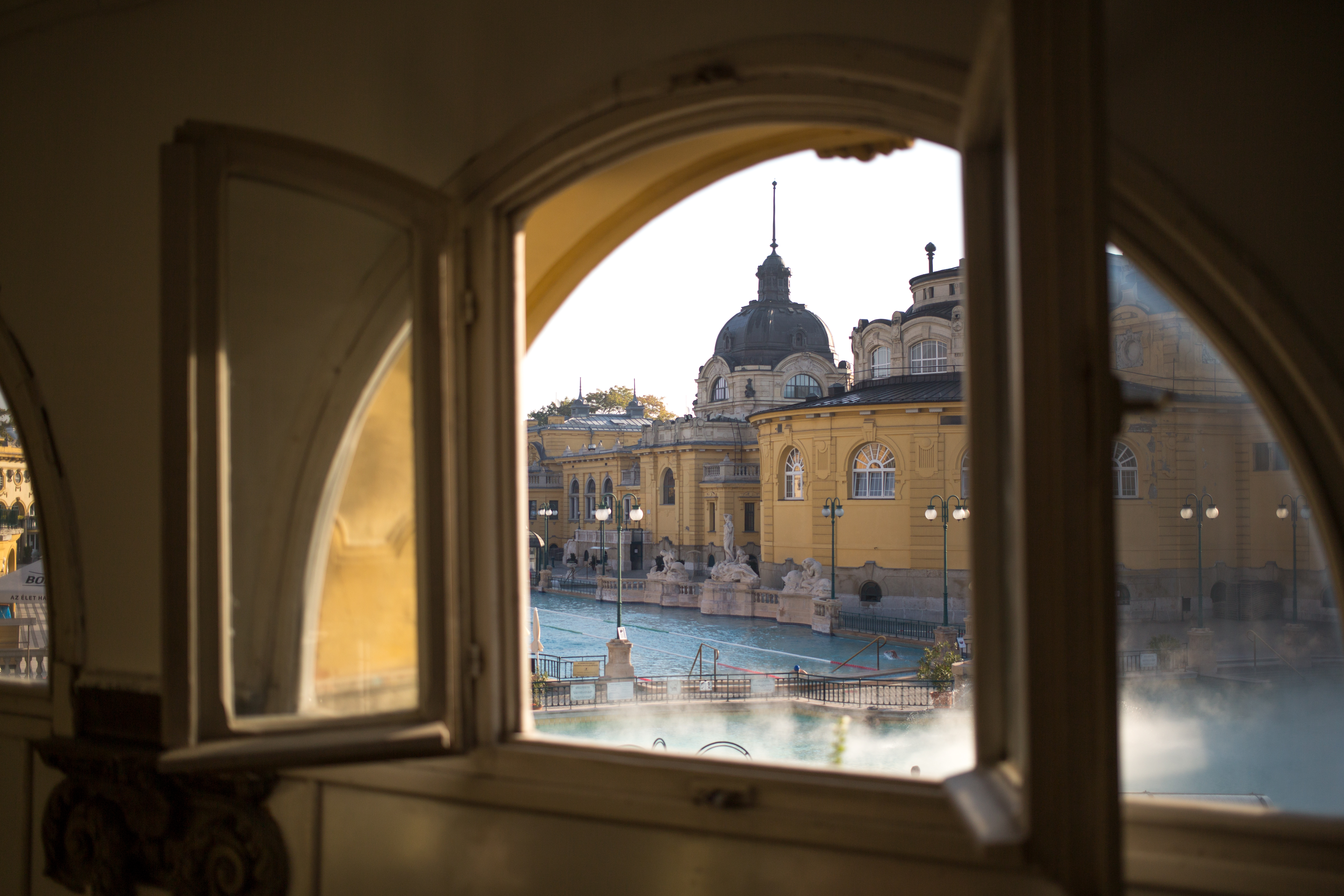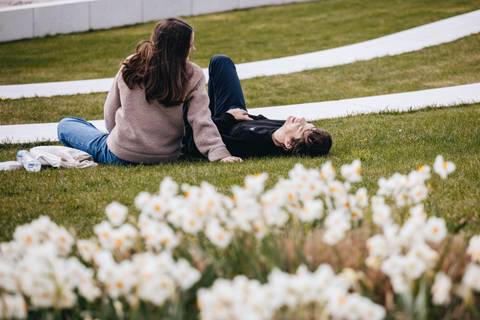Budapest’s love affair with thermal baths goes back to Roman times. These prominent spas are usually top of the list for any visitor to the city, each with their own rich history. With its doors now closing because of the pandemic, we were lucky enough to visit the Széchenyi just before the shutdown, and take you on a virtual tour of the ornate complex and give you a history of the baths in the photos and video below.
Since the very beginning, the Széchenyi was popular. The signature yellow building we see today, built in the early 1900s in Neo-Baroque and Neo-Renaissance style, is only the final chapter of a story which starts further back in time, when deep wells were drilled under Heroes' Square in the 1880s in search of the thermal waters below. In fact, it took Hungarian mine engineer Vilmos Zsigmondy ten years just to locate the water!
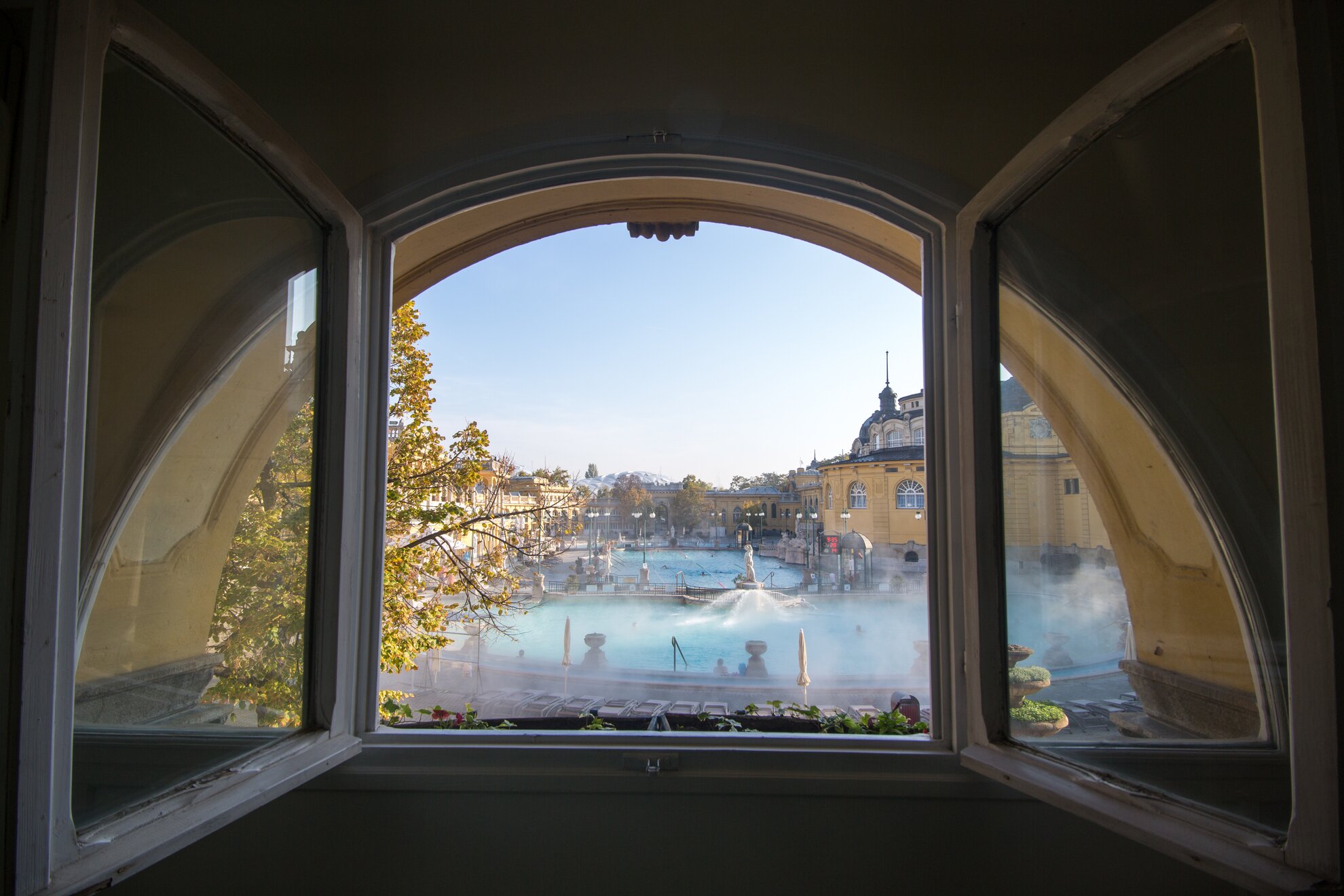
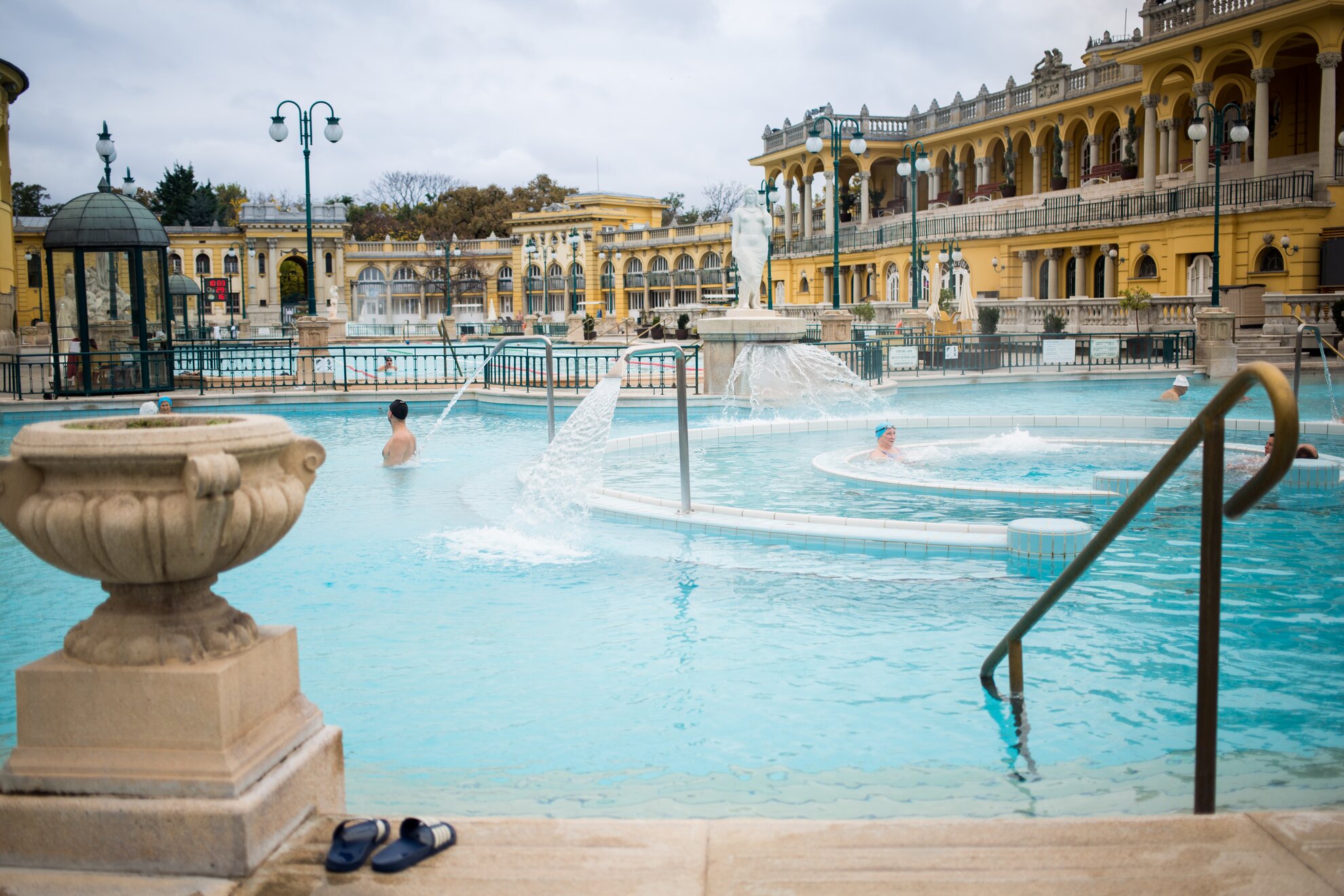
The Széchenyi got its name in 1913, when city councillors
decided the staggering popularity of the baths – then known as the Artesian Spa
– warranted a larger and grander space. The new building was designed by Győző Czigler, a professor at Budapest Technical University, who presented his plans at the
National Exhibition in 1896 – the year that Hungary celebrated its 1,000th
birthday.
Unfortunately for Győző, it would take seven years for the designs to
be formally accepted, by which point he was dead of a heart attack at 55.
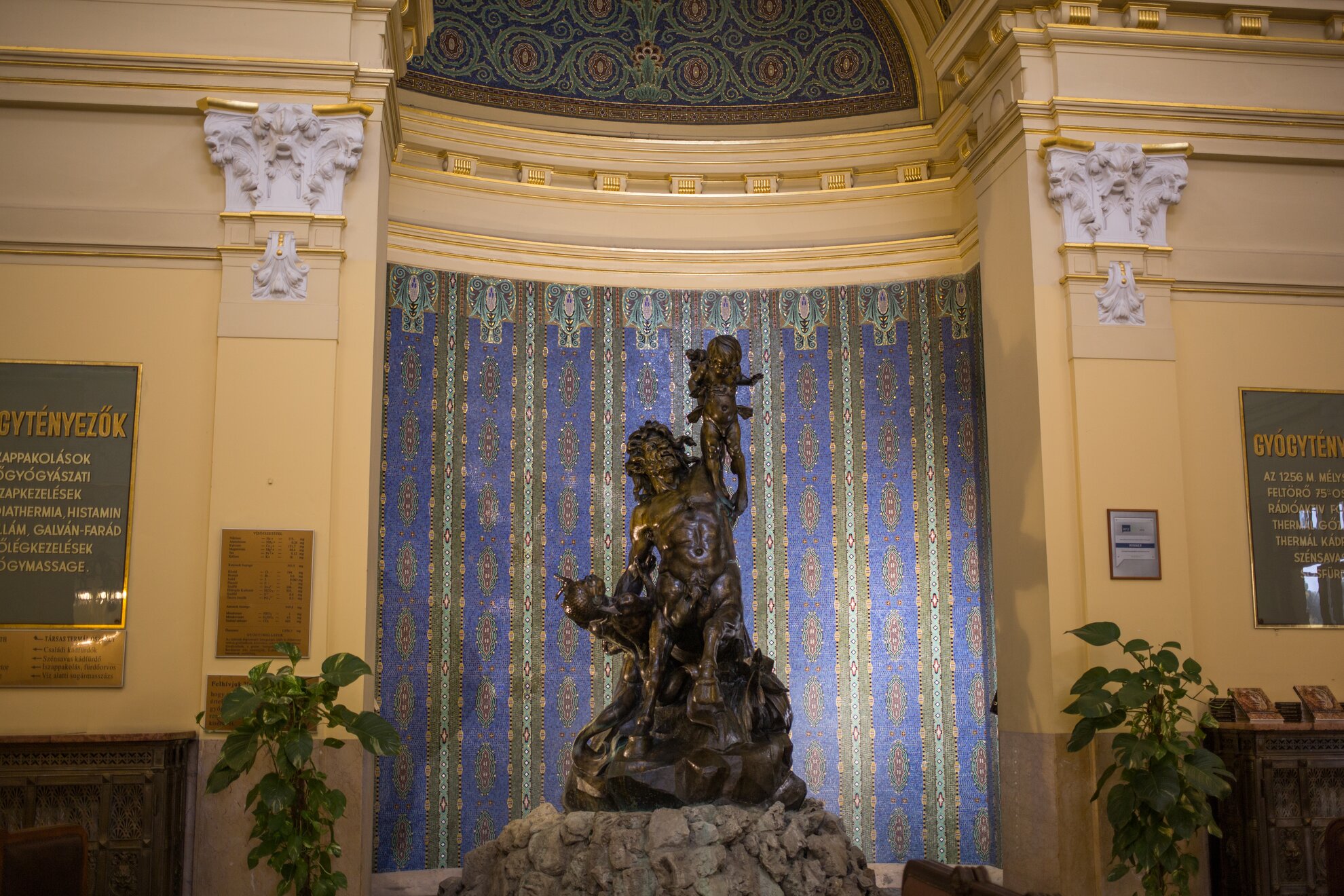
The original designs for these baths were smaller than what
bathers enjoy today, notably excluding the popular outdoor pools which were
built during expansion efforts in 1924. These were formally unveiled in 1927,
and were originally surrounded by sandy 'beaches', only replaced by stone
pavement in 1985.
The new pools meant more and deeper wells were required,
which were drilled to a depth of 1,256 metres, and supply the baths with 6,000
cubic metres of water per day. For those wondering about the maths, that comes
to a staggering 3,500 litres of water per minute.
Like many other parts of the city, the Széchenyi baths
sustained damage during World War II, and in March 1945, the right wing of
the complex was occupied by Soviet troops.
The baths were also originally
segregated by gender, which is why the two halves of the bathhouse are
perfectly symmetrical. All 18 pools were made co-ed in 1981, and today only the
sunbathing rooftop terraces remain separated.
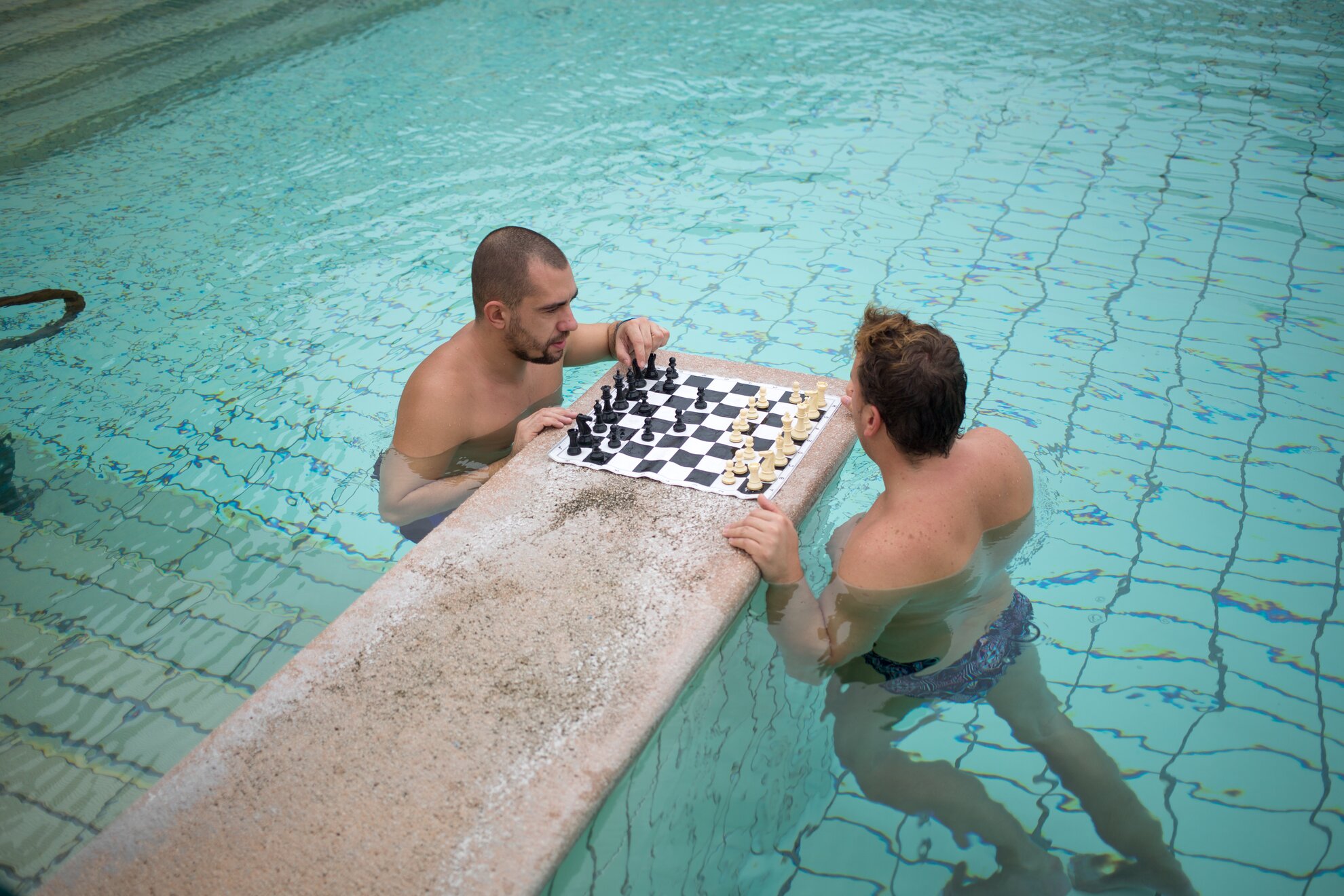
Given the lasting prestige that Széchenyi has enjoyed during its lifetime, it comes as little surprise that movie stars and film crews have chosen to film their projects here. Will Smith’s 2019 movie Gemini Man features scenes shot within the spa’s walls, and the star himself was heard to gush about the treatments he received here.
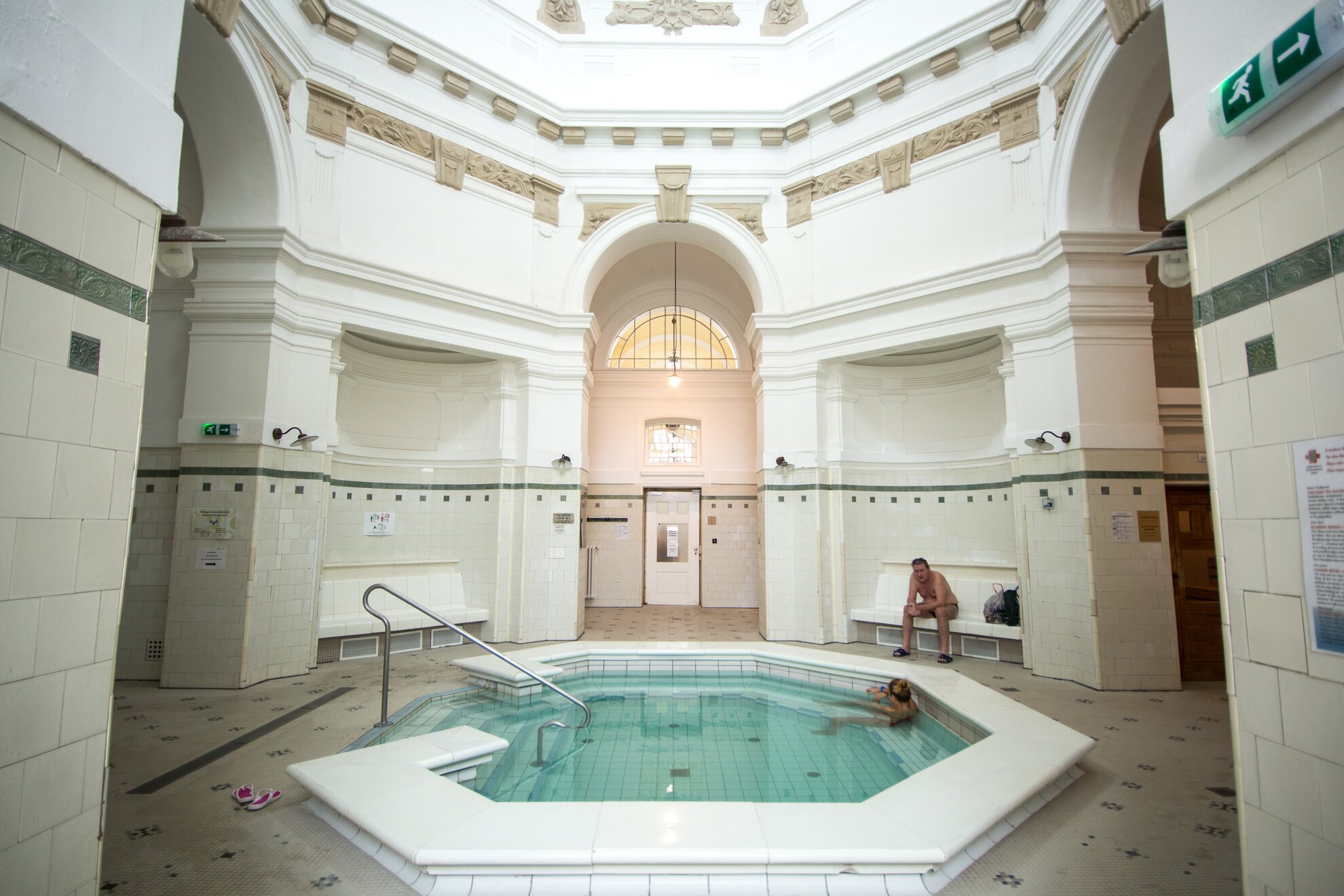
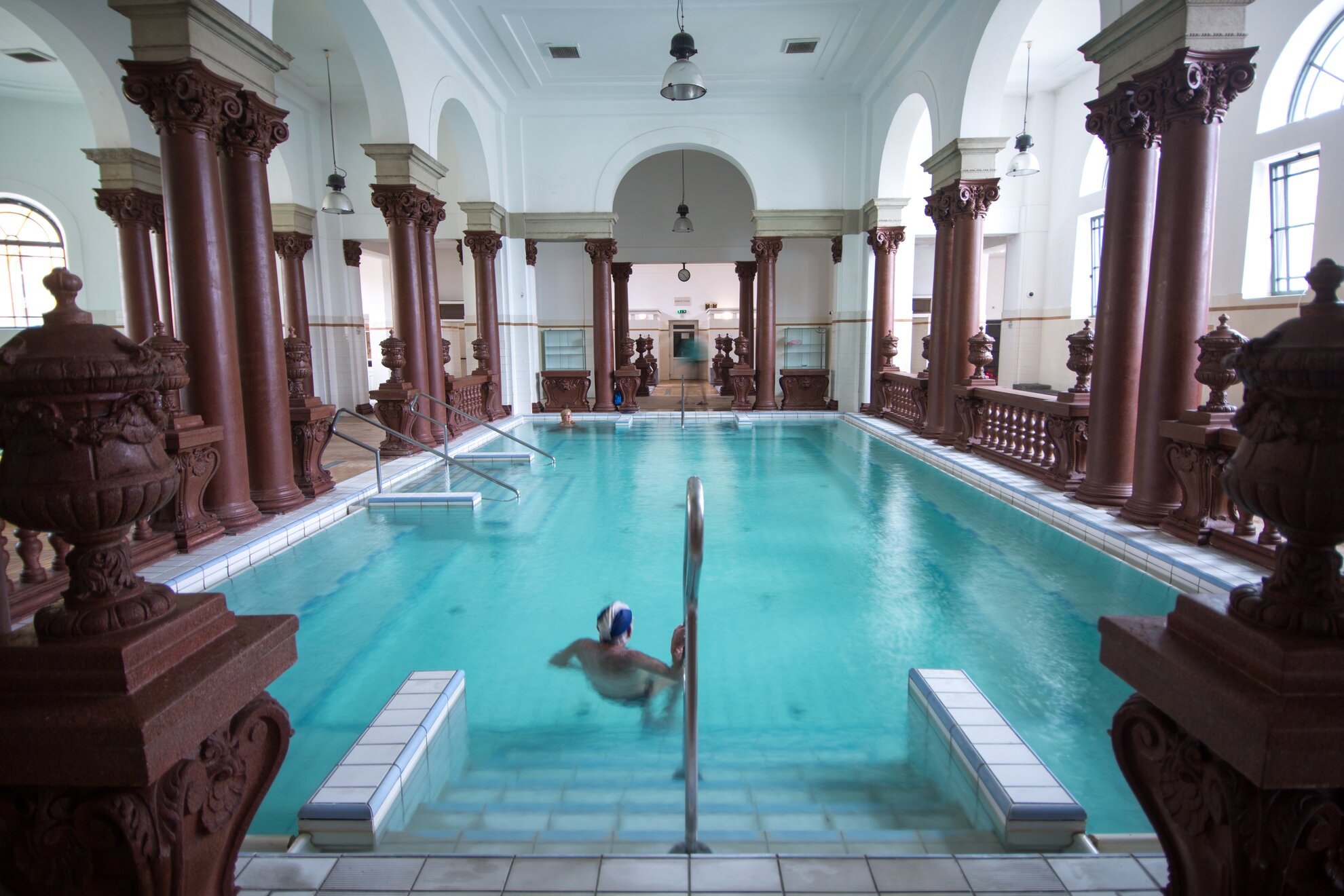
And there is more than just bubbly water to enjoy. In 2019, the Széchenyi
opened the Palm House on its roof, palm trees and other exotic plants enjoying the heat from the thermal baths from below while sunlight beams in through
the glass roof.
Of course, the Saturday night 'sparties' have become legendary, when the outdoor pools beckon partygoers with pumping music and light shows until 3 am.
In a special
private area of the baths, luxurious massages are on offer, designed to pamper
couples and individuals alike. And in the main lobby, incredible, arching
mosaics turn the domed ceiling into a breathtaking work of art.
A truly unique extra experience at the Széchenyi is the Beer Spa, where guests can relax for an hour in waters infused with hops, malt and yeast, all of which are high in vitamins and oils which benefit hair, skin and nails. And did we mention the unlimited beer? Right next to the tub is your very own tap, which supplies delicious Czech beer throughout your entire visit. The Beer Spa is a family-run operation. Currently they have beer spas open in the Széchenyi and Lukács baths here in Budapest. Once the pandemic is over, they hope to expand operations into Vienna.
For years, Hungarians and foreigners alike have spent long hours soaking in the healing waters of Széchenyi. While today we'll now have to wait a while until the spa reopens, with a little imagination we can still connect with all those generations of bathers around Budapest who came before us, be they Hungarians, Turks, Romans or the native Celts of bygone years.
